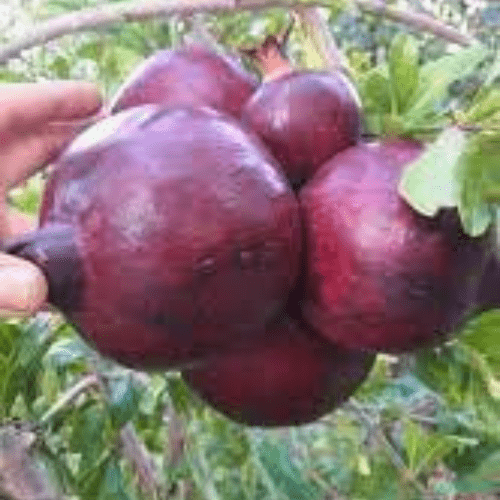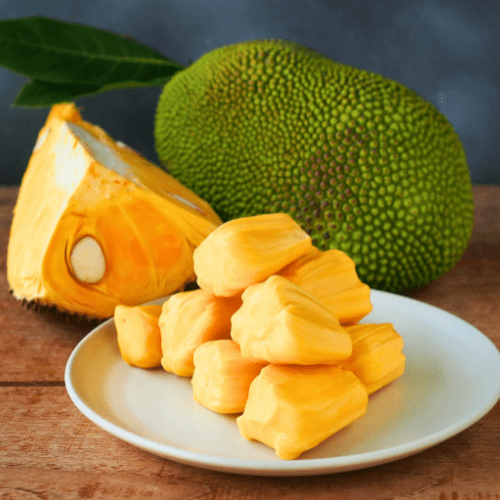Position
The Malabar chestnut tree requires bright light but not direct sunlight. It will tolerate partial shade with temperatures of between 12 and 25°C. This tree thrives both in potting soil and in a hydroponic system.
Size
Chestnut trees can grow to a height of 7 mts with a spread of 3 mts. They are popularly grown as bonsai trees.
Soil
Chestnut trees grow well in typical potting soil, requiring sandy, loamy soil with good drainage. They thrive in acidic soil with a pH of between 4.5 and 6.5. Add one bag of acid compost to benefit your soil pH.
Mulching
Add a thick layer of pine bark mulch, keeping it about 20 to 30 centimetres away from the tree trunk (any closer may cause excess moisture and damage the trunk). This will retain the moisture in the soil and will prevent weeds from taking over.
Fertilising
Apply 1 teaspoon of our slow-release nitrogen-rich berry fertiliser every 4-5 months.
Pests and Diseases
Aphids, citrus psylla, red scale, citrus greening. Spraying regularly with Agricultural Neem Oil or Effective Microorganisms (EM Control ) will assist in either prevention or after the fact. If you already have aphids or mites, wash the tree with a harsh hosing, and when dry, spray with Neem oil or EM Control.
Practice good garden hygiene (remove fallen fruit and leaves).
Watch for root rot (if overwatered) and fungal infections during wet periods.
Harvesting
Chestnuts are one of the most accessible nuts to harvest. Wait for the chestnuts to fall to the ground. Gather the nuts with open burrs and remove the nuts from the burrs. Store the chestnuts in airtight containers and enjoy.












